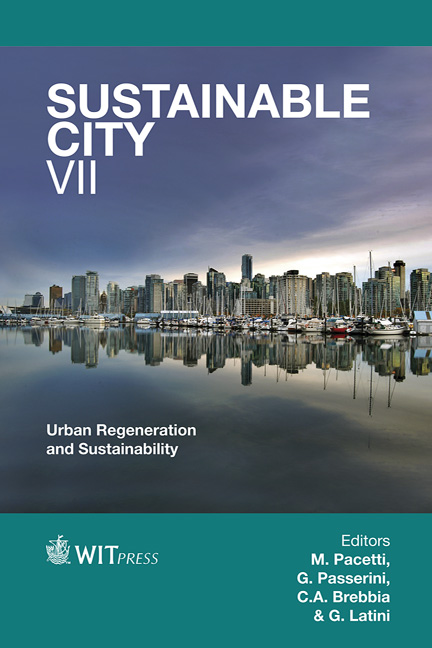The Art And Architecture Of Chora Monastery In Comparison With Its East European And Italian Contemporaries
Price
Free (open access)
Transaction
Volume
155
Pages
12
Page Range
1211 - 1222
Published
2012
Size
4,607 kb
Paper DOI
10.2495/SC121012
Copyright
WIT Press
Author(s)
Z. Atas
Abstract
This research aims to analyze both the architecture and art of today’s Chora Museum, named Chora Monastery and Chora Mosque chronologically, in comparison with its East European and Italian contemporaries, within the social, cultural and political environment of the Byzantine Empire and the context of Byzantine art developed until and through the 14th century when the spectacular and cinematographic mosaic scenes and frescos covering the vaults and dome of the building, illustrating the life cycles of both the Virgin Mary and Jesus Christ with an unconventional use of perspective, were built and painted.
The monastery, named Chora meaning “country”, “land” or “in the country” in Greek, referring to its location, was built originally in the 12th century right outside the city walls of Constantinople. The architecture of the building is a combination of different parts built at different time periods in history; the 12th century, from which only the naos part remained; the 14th century, Palaeologans’ reign which is referred to as the brightest time of Byzantine art, and when the naos dome, the north annex, the narthexes, the parekklesion, and a belfry were built together with all the brilliant marble decoration, mosaics and frescoes; and finally the 15th century Ottoman era, in which, being turned into a mosque, a mihrab and a minaret were added to the building, together with the plaster covering the mosaics and frescos, which has actually preserved them up to this day.
Kariye Museum, as of today, offers different readings of all this juxtaposition at one and the same time and space. The strong storm of the imagery and the extraordinary way the life cycles of the Virgin Mary and Jesus Christ were represented, as the ways the cities, buildings, people and their acts were illustrated, comparing to the Byzantine, East European and Italian religious art of the era, makes it possible to say, has affected a wide area, including both the Byzantine Orthodox Church jurisdiction areas and even Italy as far as mannerisms are concerned.
Keywords
Chora Monastery, Byzantine art, mosaic





